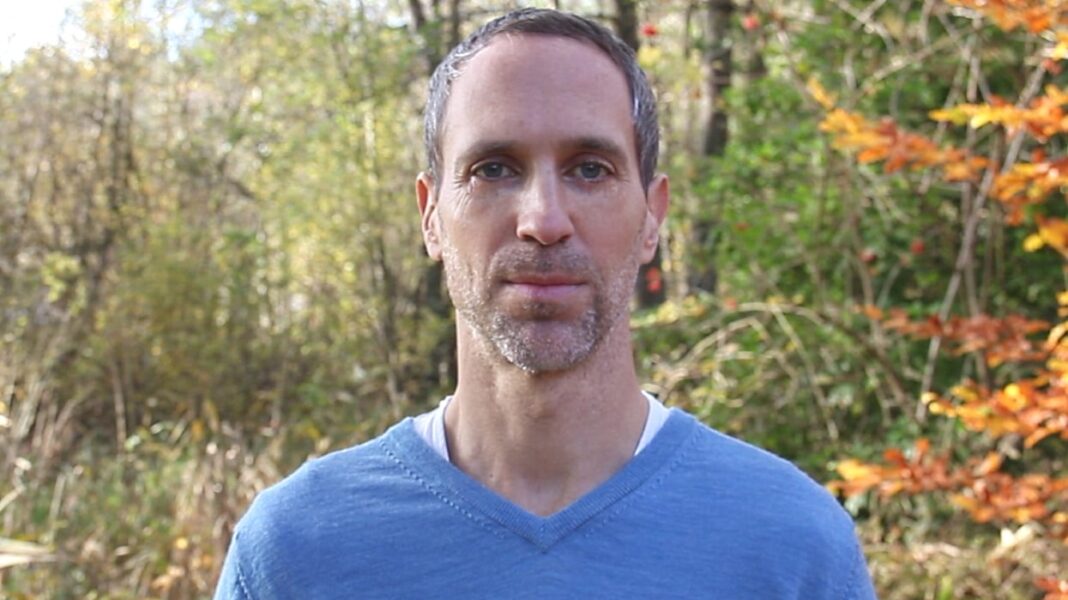Prologue
Michael, imagine if the pandemic did not dominate our lives at the moment and we could meet in your home or in your studio. Where do we meet and talk together? We meet at my studio near Hermannplatz. Around the studio we have the “Little-Istanbul” atmosphere of Neukölln. The studio itself is a white-tiled former furniture shop right with large windows facing Karl-Marxstraße. All surfaces are covered in white dust from my work with stone. Maybe we are sitting at your favorite place? We’d take two chairs onto the sidewalk of Karl-Marxstraßejust in front of the studio, enjoying the sun shine. Where do you come from, where were you born when? I was born in Düren, near Cologne, in 1973. How and where do you currently live and work? I live in Berlin-Mitte. Which stations and people have shaped you? My father. My mother. My brother. My sister. My piano teacher. My mathematics professor. My coworkers at Goldman Sachs. My wife. My children. Which writers do you currently find exciting and which books are on your bookshelf? Paul Auster, Haruki Murakami, Douglas Rushkoff, Michael Chabon. Which books have influenced or shaped you? Most recently: Christoph Ahlers’ book “Vom Himmel auf Erden: Was Sexualität für uns bedeutet”. What are you currently reading and where do you keep the book? Right now I’m between books, partially because my kindle is being unresponsive. The last book I read was Team Human, by Douglas Rushkoff, which is sitting on the bookshelf in my study. What music do you listen to and when? Jazz, Rock, Electronic. If you would cook something for us, what would it be? Middle-eastern lentil salad, roast squash with lime-cilantro yoghurt, fried chickpeas with lemon tahini. What do you like to eat most? What I cook. What do you think about breakfast? Love it. What kind of sport or counterbalance to your work do you practice? Tai Chi, swimming, running. Do you have special passions, for which you are burning, and if so, which ones? Playing piano. Saving the world. What personality trait defines you? Persistence, loyalty.
Image Above: Michael Kirch, courtesy the artist
Interview
To begin, please tell us your artistic vita in a few sentences.
I started creating sculptures and kinetic installations in 2018. My first exhibition, Perspectives, is on display at aquabitArt Gallery in Berlin Mitte through February 2021.Briefly explain your current project / the upcoming exhibition.
PERSPECTIVES is my first exhibition. My sculptures and kinetic installations play with duality through sensuality and movement.

What are you most concerned about at the moment; what is on your mind?
How humanity is shaped by (anti-)social media
How did you come to art? Why art?
I’m always creating. As a teenager I created my first sculptures and composed songs for our rock band. As a mathematician I created proofs for new mathematical constructs. As a strategist at Goldman Sachs I created models, computer programs, teams, new business lines. As an entrepreneur I create companies. As a father and husband I’m co-creating a family. Three years ago I decided to direct my creative energy towards creating sculptures.
Why? Because I wanted to allow my creativity to roam more freely. To not have any particular goal in mind, to be completely in the moment. To pursue peace of mind. To explore another means of communication. To playfully explore the physical realization of these ideas that started taking shape in my mind. To challenge myself. Because all of this can be deeply satisfying.

What makes you happy at the moment?
My friends and family. Pursuing various creative endeavors, as artist and as entrepreneur.
What is currently scaring you?
The world we’re creating for our children
Do you believe that art has a social responsibility? And what do you think it can do?
Yes. I think art can be extremely powerful in a number of ways. For me, personally, I hope that my art can help people connect with their own emotions and vulnerability, thereby connecting them more deeply with the other eight billion people on earth right now.

What makes your art special? What is it about – what are the central themes of your work?
THE DEED | DAS WERK: Michael Kirch
Berlin-based artist and sculptor Michael Kirch talks about the central message of his artistic work during his interview.
Michael, what makes your art special? What is it about – what are the central themes of your work?
We live in a world where we are constantly sorted into one side or the other of a dualistic divide. The moment one person encounters another, the sorting process begins: Are they masculine or feminine? Are they left or right? Are they white or black? Are they a winner or a loser? Are they car drivers or bike riders? Are they with me or against me? The list is endless.

Michael Kirch, Doodles
The prevailing assumption is that the other must fall on one side of the dualistic divide. Through my artistic work I aim to heal some of the wounds inflicted by this knife, starting with my own wounds. I aim to blunt the edge of this knife, to strengthen our innate humane forces of integration, starting with my own humanity.

Michael Kirch, Balancing act
For people interacting with my art I hope to trigger curiosity, wonder and relief. The feeling of relief grows as the dualistic divide softens and is gradually replaced by a sensation of integration. In my work, sensuality, sexuality and beauty join together as one creative healing force.
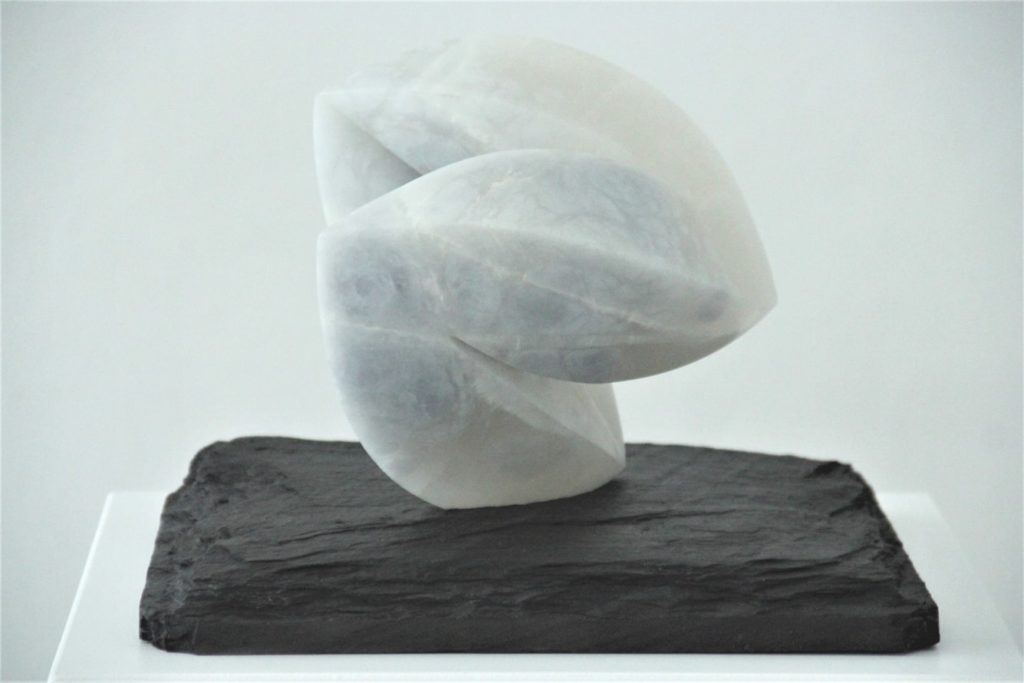
Michael Kirch, Snowwhite
As the viewer walks around the sculpture, the object and the viewer engage in a collaborative play of shyness and boldness, of being vulnerable and safe, of being seen and in hiding. This is a subconscious emotional process rather than an intellectual deliberation of the mind.
THE DEED | DAS WERK is a complementary and separately presented part of THE INTERVIEW IN|DEEDS with Michael Kirch.
How do you protect yourself from too much inspiration these days?
That’s a very interesting question. I guess if we were talking in person, I would ask: How do you define “inspiration”, and why would I want to protect myself from that? Don’t we all want to feel inspired? I don’t feel a need to protect myself from too much inspiration, though I do protect myself quite ruthlessly from too much noise and stress. I’m not on social media. I don’t watch the news on TV, I have two trusted news sources that I digest diligently: Der Tagesspiegel Checkpoint for my daily very Berlin-centered news, and The Economist for my weekly overview of what’s happening in the world. I listen to radio Eins whenever there’s an opportunity to listen to the radio. So I’m very careful about what kind of information I tune into, when, and where.

How much in your works is planned in advance – how much is created intuitively?
Most of my work is created through a continuous iterative process of inspiration, intuition and experimentation. It’s not planned because, even though I usually have some idea of what I want to create, I usually have no idea how exactly I’m going to get there and how to overcome all the obstacles along the way. If I felt that I was executing some plan then, to me, that would defeat the entire purpose of why I’m pursuing this artistic process to begin with.
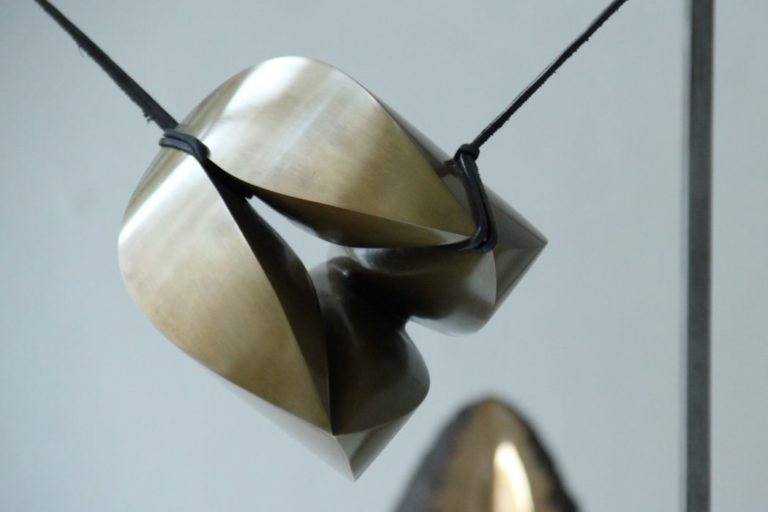
What are your (next) goals?
As an artist, I’d like to create a circular version of Balancing Act.
As an entrepreneur, I’d like to join forces with like-minded people to combat anti-social-media.
What is your opinion about faith? Do you have principles of faith or is there a motto?
You are, therefore I am.
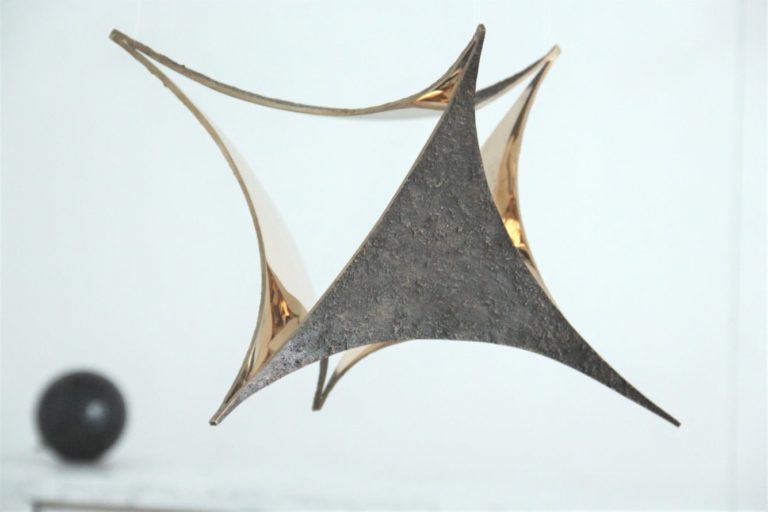
Which project would you still like to realize, if lack of time, courage or financial resources would not play a role?
I feel more constrained by a lack of direction. Given the state of the world, given my place in this world, given what gives me peace of mind, should I focus on my work as an artist or as an entrepreneur? See also 11. (Editor’s note: means the question “What are your next goals?”)
What do you consider to be attributes of good art?
Good art makes me feel something.
Is one born as an artist*? Or is studying art compulsory in your view?
I feel like we all have the creative potential in us to create something that’s meaningful to ourselves and those around us. How do we unleash that creative potential and, assuming we can unleash it, how relevant is that to the world, how relevant is that to the art world? I think there are many different paths one can take here.

To whom do you show a new work first?
My family
What does the first hour of your day look like?
breakfast with my family
In Times of the internet of things, are galleries from your point of view still necessary? If so, why and what for?
Definitely necessary. Life is out there in the world. Once can certainly create meaningful virtual art, and that’s real art, too. But to the extent that art is created physically, such as sculptures, installations and paintings, those physical creations will want to be experienced in the physical world.
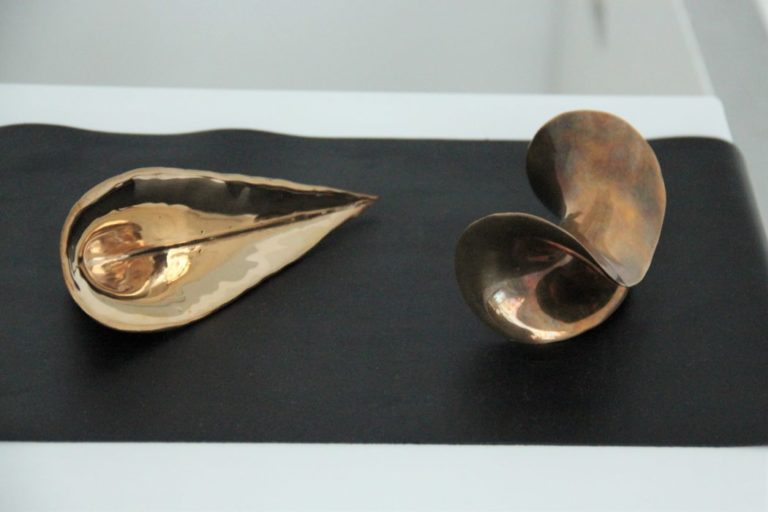
Social media – in your view a blessing or a curse?
In its current incarnation, “social media” is definitely a curse. The main problem is that what we call “social media” only has one real purpose: to create a profit for the owners of the platforms. We need to create genuine social media media platforms that pursue the well-being of “users” over profit for shareholders.
Epilogue
The exhibition PERSPECTIVES with new works by Michael Kirch is visible from 1st to 28th February 2021 at aquabitArt gallery, Auguststraße 35, 10119 Berlin-Mitte. In addition, the exhibition can be visited virtually online as a 3D tour.
In times of Corona, where travel, studio visits and personal contacts are inappropriate or even impossible, the written interview remains an important medium to introduce artist personalities, to spread their messages and to stay in touch with art lovers. The interviews are not edited or shortened by the editors and are always reproduced in original sound. Therefore, we do not translate the interview into English or German unless the interviewee submits a translation.


